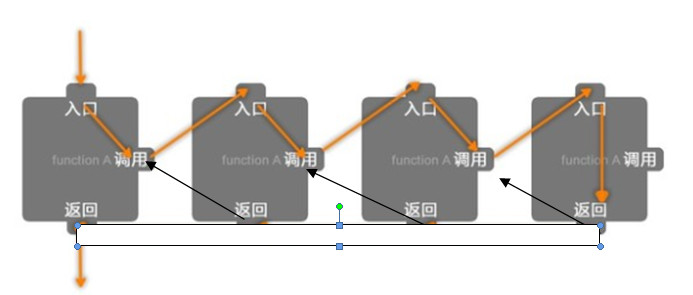递归正如‘盗梦空间’中的场景:

PS: 使用《windows用户, 截屏新手段》可以一句for循环生成类似这种效果的图。
简言之就是不断调用自己,

经常我们会拿fibonacci数来讲解递归,正如在Rabbits and Recurrence
Relations一题中所实现的,我使用了静态变量来缓存,以加快运行速度。R版本的实现可以参考tricky things in R一文,相对应于C的静态变量,在R中使用了局部的全局变量,这需要用<<-来赋值。
在开发ggtree时,unrooted layout最早的版本就是使用递归实现,但BiocCheck会把<<-报出来,而Bioconductor的人不喜欢看到这个赋值符,于是我改成了现在的版本,使用for loop。递归和循环一样,都只是程序的一种控制机制,某些递归实现代码非常短的同时,可读性非常强。
Example 1
比如我们要写writeSequence这样的函数:
Call Output
writeSequence(1); 1
writeSequence(2); 1 1
writeSequence(3); 2 1 2
writeSequence(4); 2 1 1 2
writeSequence(5); 3 2 1 2 3
writeSequence(6); 3 2 1 1 2 3
public void writeSequence(int n) {
if (n < 1)
throw new IllegalArgumentException();
if (n == 1) {
System.out.print(1);
return;
}
if (n == 2) {
System.out.print("1 1");
return;
}
int x = (int) Math.ceil(n/2.0);
System.out.print(x + " ");
writeSequence(n-2);
System.out.print(" " + x);
}
